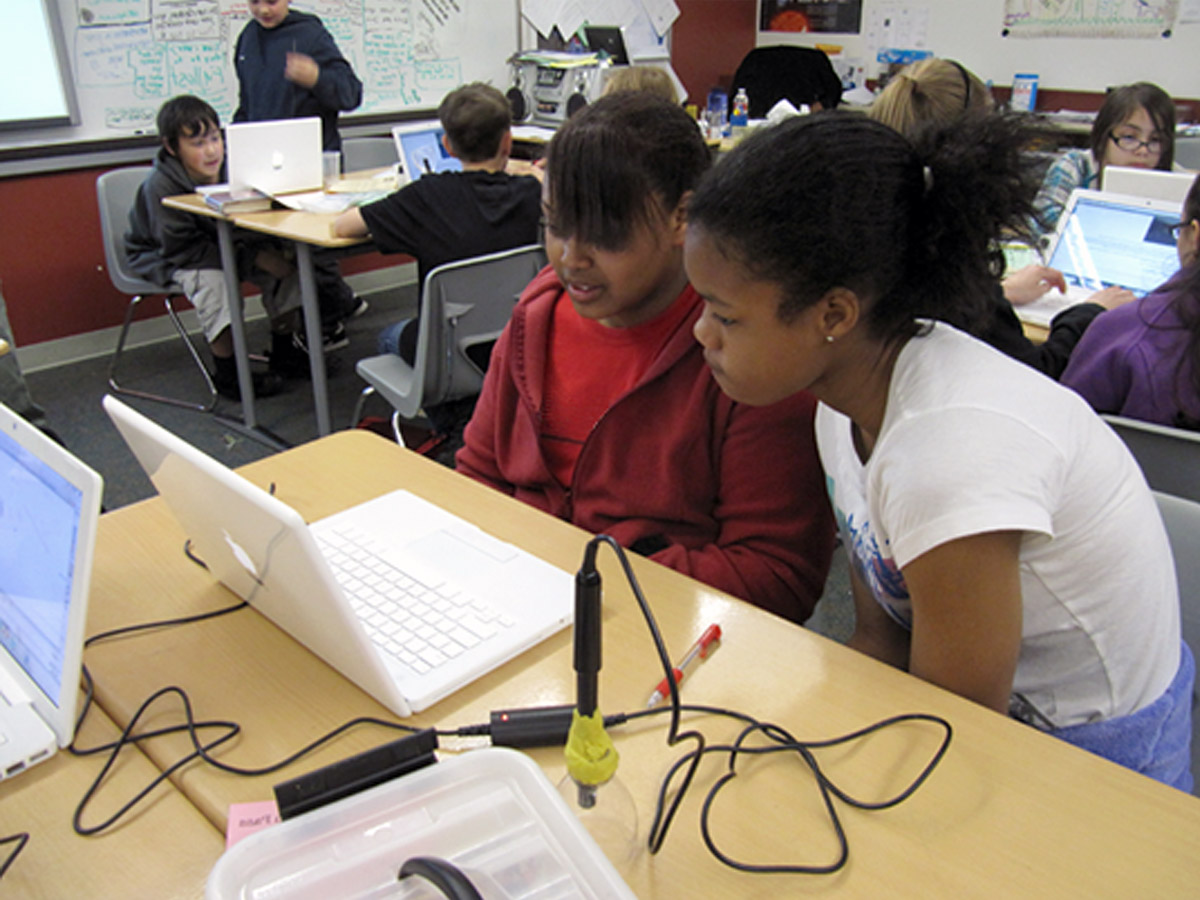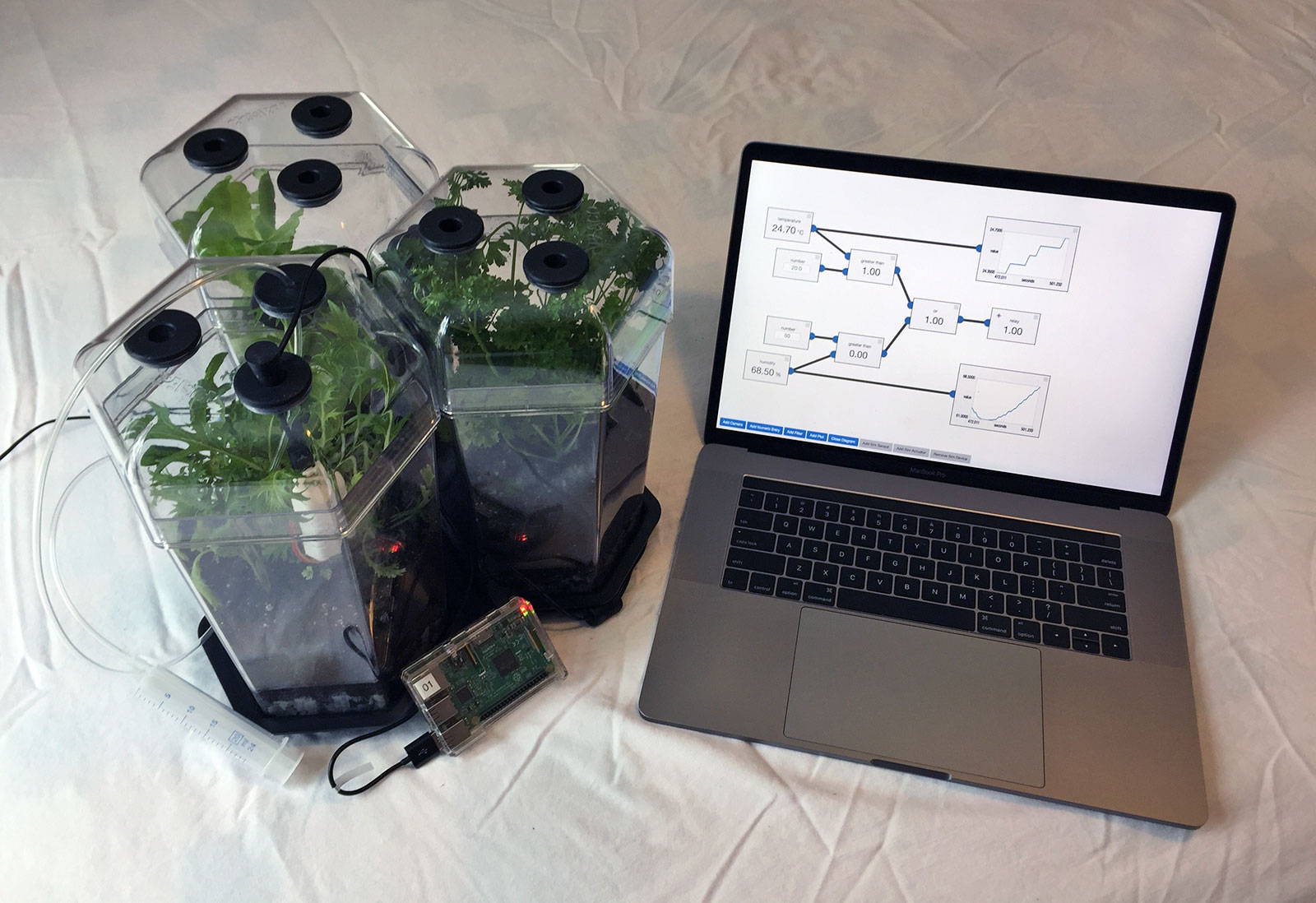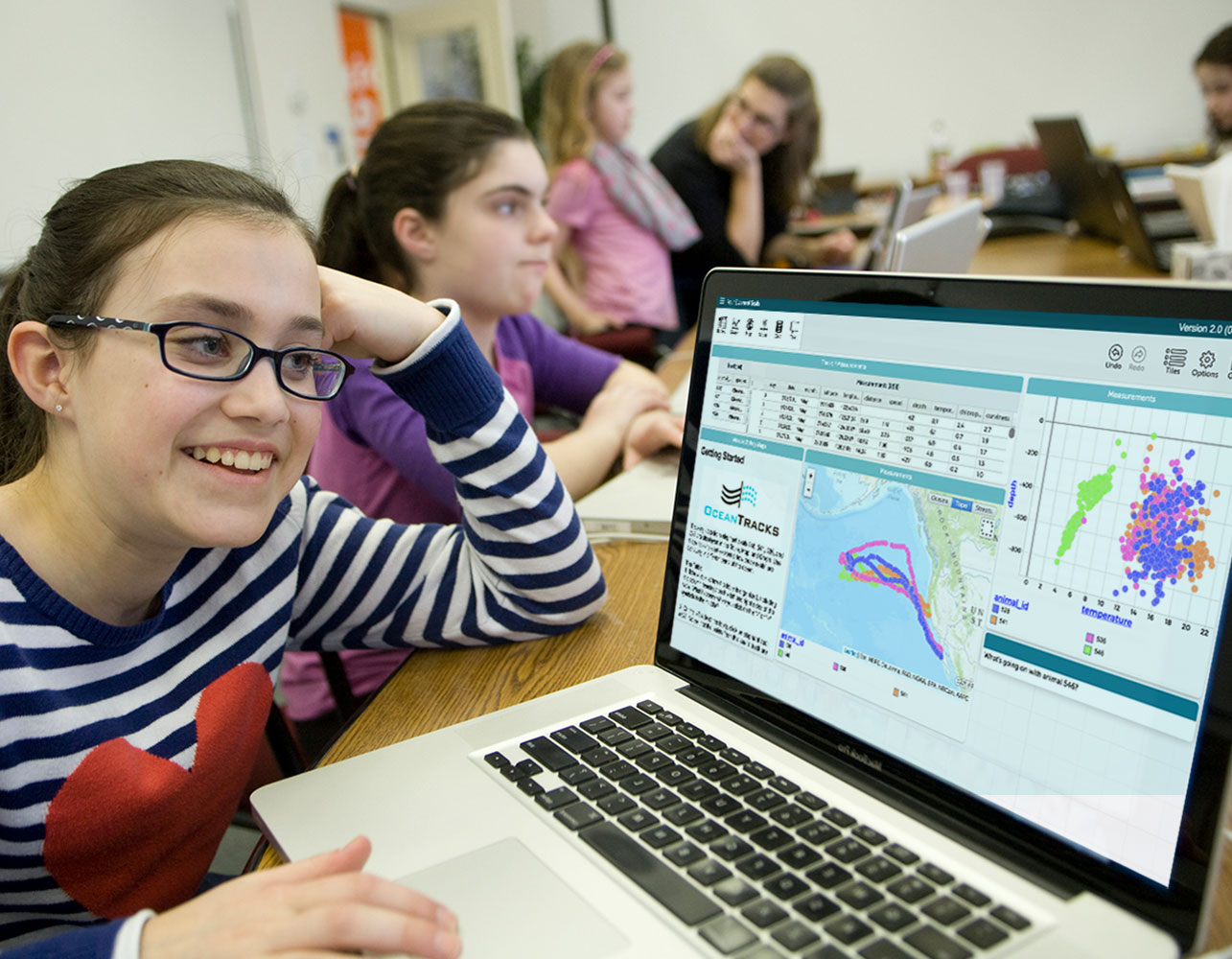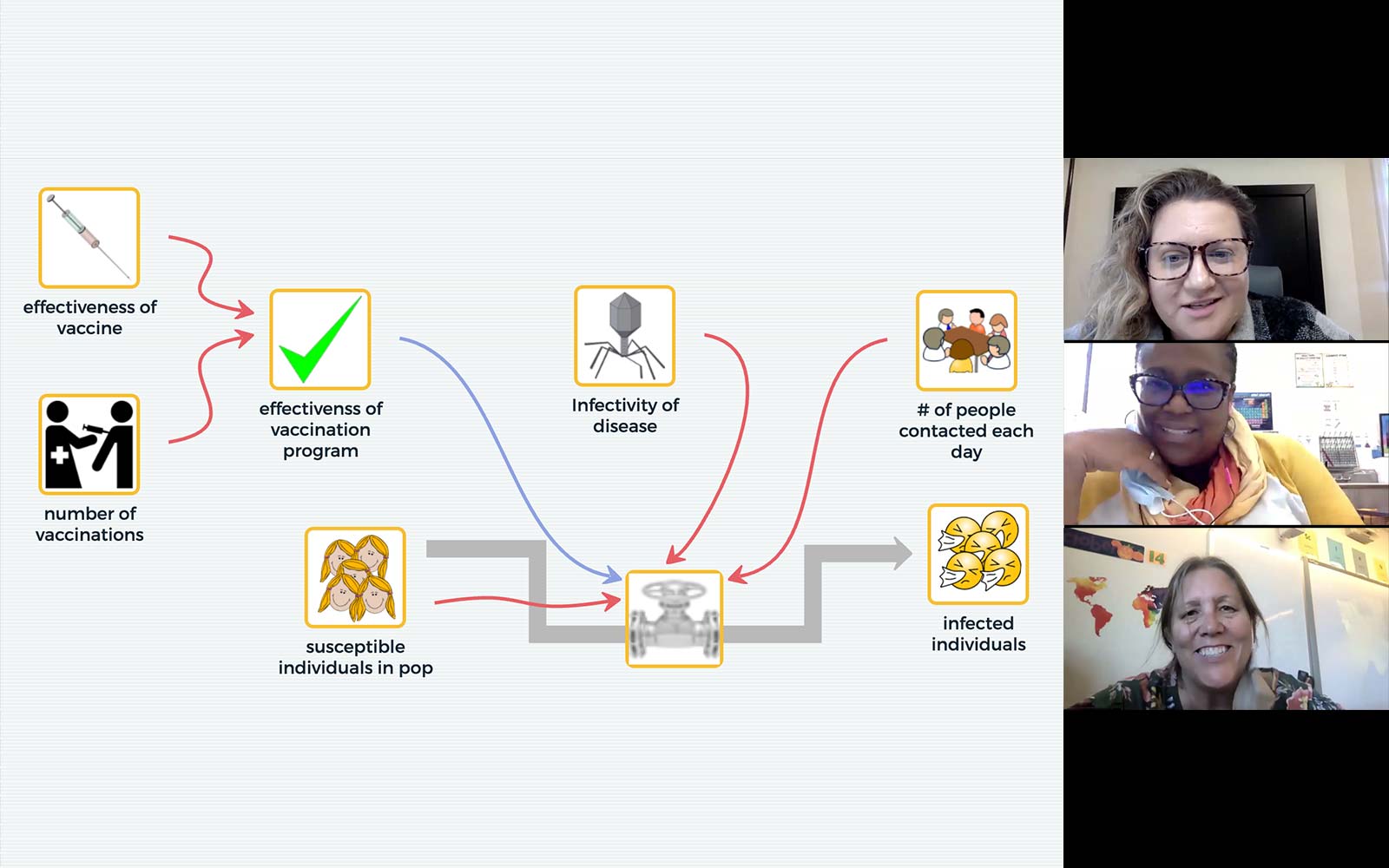Innovative Technology in Science Inquiry
Importance
Students should engage in practices that are essential for learning science, technology, engineering, and math (STEM) through both inquiry and design. Innovative Technology in Science Inquiry is a scale up of the highly successful ITSI project and is meant to reach a greater number of elementary, middle and high school science teachers.
This comprehensive innovative technologies project assists teachers in preparing diverse students for careers in STEM by engaging them in exciting, inquiry-based science activities that use computational models and real-time data acquisition.
Students interact by drawing prediction graphs, collecting real-time data with sensors, answering open-response questions, capturing snapshots of their work with interactive models and digital microscopes, relating their activity to STEM careers, drawing conclusions based on their findings, etc. All exemplar activities were designed to have students engage, explore, explain, elaborate and evaluate their work (the 5E model).
An authoring system allows non-programmers to revise existing activities or create and share new ones. The portal is open and available to all. If you have any questions please contact itsi@concord.org.
Research
Research on ITSI focuses on four questions:
- Did students using ITSI materials increase their understanding of standards-based content?
- To what extent is there evidence of inquiry-based teaching in the classroom?
- Does the professional development design influence student learning?
- Did students using ITSI materials have increased interest in STEM, in STEM careers, and in the use of technology-based STEM tools?
Data to answer the questions come from multiple sources. There are pre- and post-tests for students for each of the ITSI units. A modified version of the Relevance of Science Education (ROSE) survey is being administered before and after students use ITSI materials. Student data are logged as they use the ITSI materials, providing another source of data.
The independent variables include the school, grade level of the students, amount of use of the materials, and others. The dependent variables are student content gains, inquiry gains, changes in STEM interest, and changes in STEM career aspirations.
ITSI has recruited teachers from Alaska, Iowa, Kansas, and Virginia to participate in a research study each year since 2010. Participating research teachers are a part of an online educational community where they have access to outstanding science exemplars. They are able to create and modify activities based on their own curriculum and objectives. They receive over 75 hours of lab-based activities in engineering, physical, earth, and life sciences for grades 3-12 and full support for classroom implementation. To date, over 200 teachers and 5,000 students have used ITSI as part of research, in addition to the hundreds of teachers who have used ITSI activities on their own.
Pre-test and post-test results showed significant learning gains for students in topics such as habitat and life cycle and senses (elementary); motion, phase changes, inheritance, and photosynthesis (middle school); protein structures, gas laws, and stoichiometry (high school).
Videos
View all these videos and more on the Concord Consortium YouTube Channel.
Publications
- Littenberg-Tobias, J., Beheshti, E., & Staudt, C. (2016). To customize or not to customize? Exploring science teacher customization in an online lesson portal. Journal of Research in Science Teaching, 53(3), 349-367.
- Staudt, C., Burton, C., Williamson, C., & McIntyre, C. (2015). The learning portal: Hundreds of free digital activities using models and probes. The Science Teacher, 82(9), 57-63.
Activities
View, launch, and assign activities developed by this project at the STEM Resource Finder.








